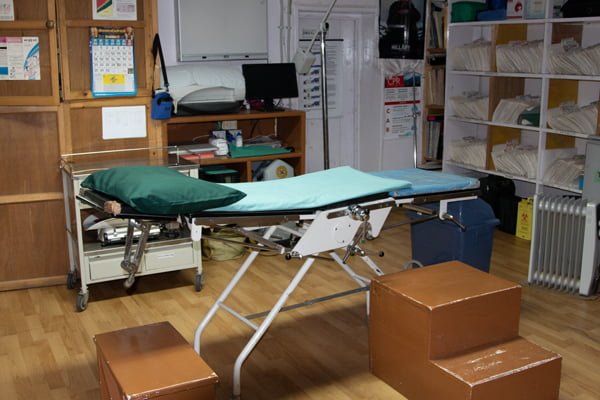HEALTHCARE IN NEPAL
Accessibility: Most of Nepal’s healthcare resources are located in or around Kathmandu, the capital city of Nepal. This centralization leads to other areas of Nepal being neglected.
Healthcare as a human right: In 2007, the Nepalese Government endorsed healthcare as a basic human right in its Interim Constitution. Despite this, 40% of Nepalis do not have access within 30 miles.. Nepal also suffers from an inadequate supply of essential drugs and poorly regulated private healthcare providers. Statistically, Nepal also only has 0.67 doctors and nurses per 1,000 people. This is less than the World Health Organization’s recommendation of 2.3 doctors, nurses and midwives per 1,000 people.

Lack of basic health facilities: Around 22 percent of Nepalis do not have access to basic health facilities. The groups who lack healthcare in Nepal tend to be the Dalits from Terai and Muslims. However, there has been a 19 percent increase in the usage of outpatient care by Dalits.
Common diseases in Nepal: The top diseases in Nepal are ischemic heart disease, COPD, lower respiratory infection, diarrheal disease, stroke and diabetes.
Maternal mortality rates: The maternal mortality rate in Nepal is listed as 258 deaths for every 100,000 live births that occur. In comparison, the maternal mortality rate in the US is listed as 23.8 deaths per 100,000 live births according to the CDC.
Earthquakes: The earthquakes that hit Nepal in April of 2015 are one of the greatest natural disasters in Nepal’s modern history, destroying over 1,100 healthcare facilities.
Government corruption: While there are efforts to improve the lives of Nepalis, corruption exists, according to the Himalayan Times. The Corruption Perceptions Index ranks Nepal 124 out of 175 countries worldwide. This corruption leads to a lack of resources dedicated to healthcare. The Nepali government only allocates 5 percent of its national budget toward healthcare, not enough to create significant improvements.

